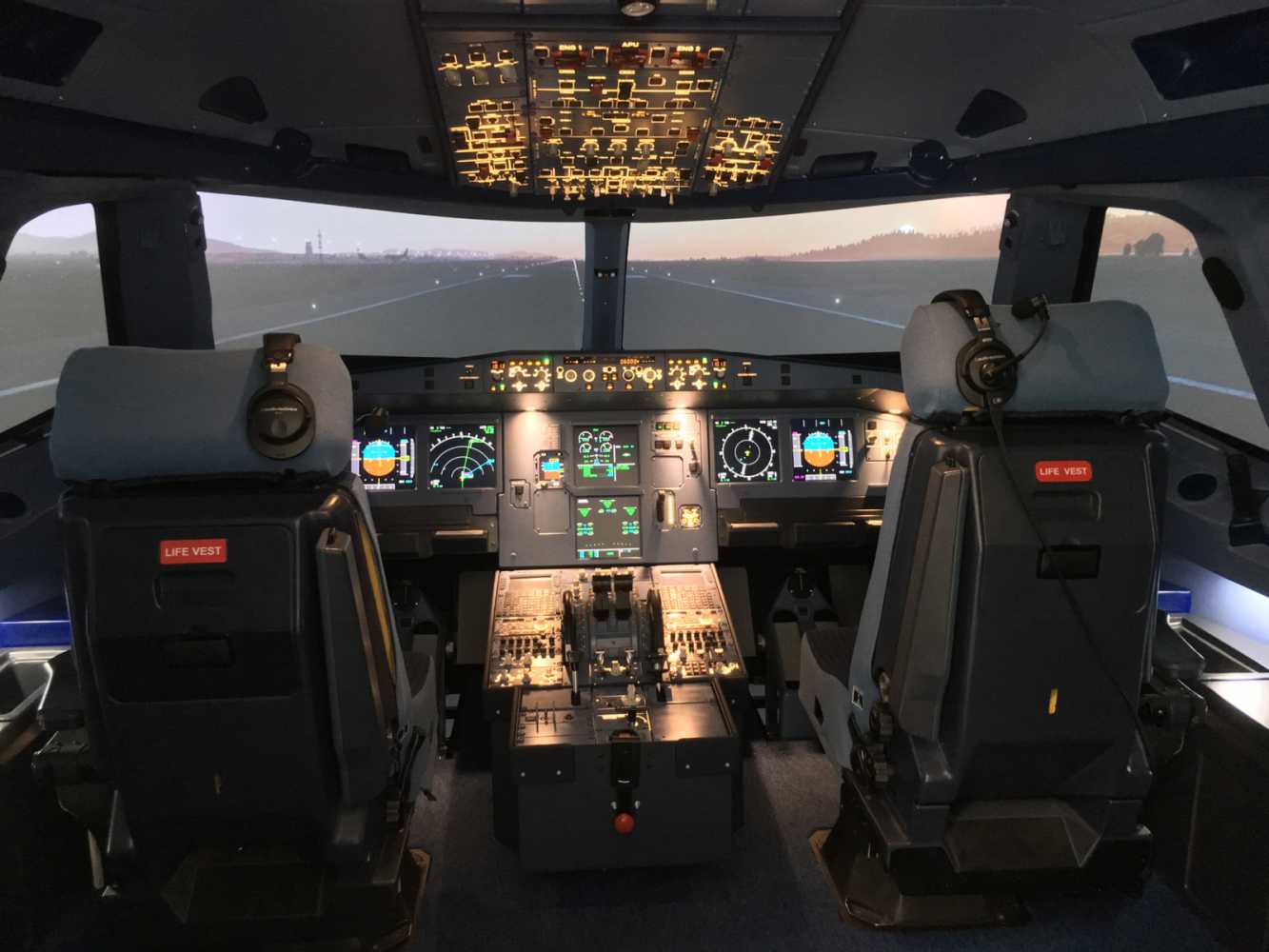Audio-Technica aids aviation education
- Details

The relationship between Audio-Technica and Simloc began following contact between Jaime Valle, software engineer and certification manager at Simloc and Audio-Technica commercial manager Yusti Blázquez, who had previously collaborated on another clinical simulation project.
Valle said of the BPHS1 headset, “It delivers very high quality audio transmission and reception for intercommunication and it’s a really robust product.
“For the simulation to be as realistic as possible, the exclusion of distracting ambient noise is crucial. In flight simulators there are many sources of audio that can disturb concentration – the constant sound of the engines, alarms and alerts from navigation equipment and so on. So we needed microphones that pick up the voice very well but reject all other noise.
“The BPHS1’s dynamic microphone is perfect for our application because it gives great vocal presence and very effective attenuation of ambient sounds. The result is a very clean, natural signal and we currently handle all regular communications between captain, first officer and instructor with the headset.”
The BPHS1 also provides a similar look and feel to conventional aircraft headsets and allows the microphone and connection cable to be oriented on the right or left side. This is beneficial for the simulators as the connection for the captain/commander comes from the left, and from the right for the first officer, so the versatile positioning of the microphone and connecting wiring avoids cables crossing in front of or behind the head.
The PRO70 lavalier microphones are employed in an usual situation in the simulators. Two are used in each, embedded in the pilots’ oxygen masks used for depressurisation and other emergency training. The directionality of the microphone’s cardioid capsule ensures accurate pickup and good sound rejection while its small footprint and long cabling allow for routing along the oxygen tubing to the cabinet where the mask is housed.
Simloc currently has 22 BPHS1 and 12 PRO70 units installed across six simulators. More units are scheduled for imminent delivery as the company plans to expand their use.















